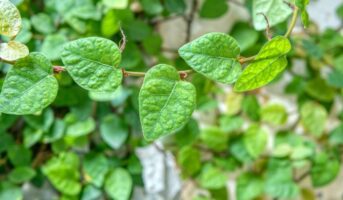In India, Cape jasmine is a common sight. You will find them in nearly all institutional buildings and government-led residential colonies. Cape jasmine is also called gardenia jasminoides or poor man’s gardenia. Cape Jasmine also known as false jasmine, crepe jasmine, poor man’ gardenia

Also read: Gardening ideas and tips for beginners
An evergreen shrub, cape jasmine is beautiful in every way. While its oppositely-arranged, elliptic-oblong leaves are glossy and leathery, its sweet-smelling, creamy-white flowers are simply breath-taking.
The ruffled, snowy, waxy and tubular flowers, which can make an entire garden fragrant, are borne as single flowers or in small clusters. Said to have medicinal values, this ornamental plant has berry-like fruits with orange pulp. Blooming heavily in the spring, the widely-growing shrub also flowers occasionally during the summer.
Native to Japan, China and eastern Himalayas, this shrub can grow as high as 10 ft with an equal spread. In case you are planting these in your garden, keep a space of at least 4 ft.
Cape Jasmine: Key facts
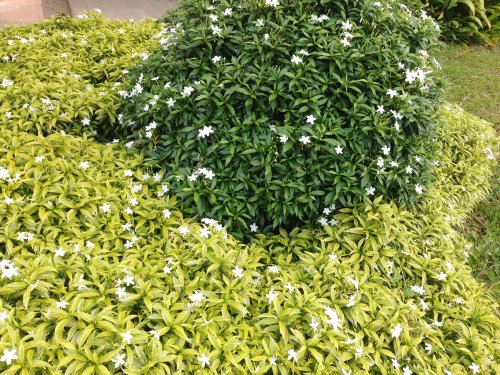
| Biological name: | Gardenia jasminoides |
| Family: | Rubiaceae |
| Common names: | False jasmine, cape jasmine, crepe jasmine, poor man’s gardenia |
| Native: | Asia |
| Sunlight: | Part sun, part shade |
| Water: | Regular |
| Soil: | Well-draining |
| Fertiliser: | Phosphorous rich |
| Toxicity: | Toxic to dogs, cats and horses; may cause mild vomiting and/or diarrhoea, hives |
What does your Cape Jasmine need?

Soil
You need well-drained, slightly acidic, organic soil for best results.
Sunlight
In India, the plant is known to grow best in part sunlight and part shade.
Temperature
Cape jasmine can tolerate temperatures between 60 and 75 degrees Fahrenheit.
Watering

Your plant requires regular watering. In case you have potted it inside your home, water it at least bi-weekly. Outside, it required an average amount of water each week.
Note that overwatering can result in its roots rotting and mildew and attract pests.
Fertilising
Cape jasmine would do very well with phosphorus-rich fertilisers during spring, summer and autumn. In any case, fertilise it at least twice a year during the growing season.
Pruning
Your plant would require occasional trimming to stay in shape. Pruning must be done at a time when they go dormant. Cut-off any damaged or infested branches.
Pests
While this plant is strong against pest attacks, it can become infested by mealybugs, aphids, weevils, spider mites and whiteflies or other scale insects.
Also read about the various types of gardening at home
Cape jasmine: Medicinal properties

Cape jasmine’s bark and root are known for their medicinal properties in treating intermittent fevers, dysentery, muscular weakness, urinary problems and abdominal pains. Considered to have antifungal and antibacterial properties, its fruit is an antiseptic and can be applied to callous ulcers, sores, aching teeth, scalds, burns and swellings. It is also used to cure jaundice.
Fragrant Cape Jasmine for elegant decor
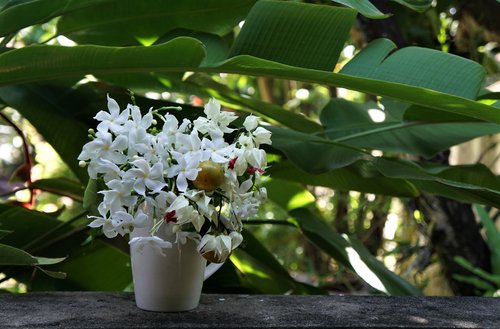
Gardenia Jasminoides flowers in a ceramic cup on a cement table in the garden.
Exotic Cape Jasmine: A delightful gift
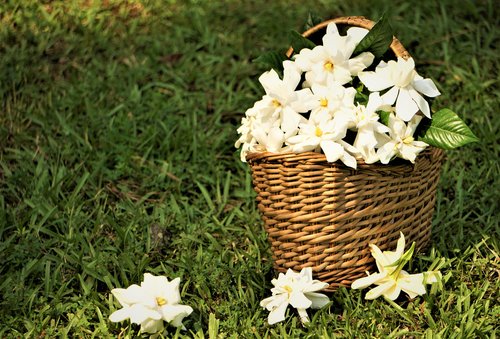
A bunch of Gardenia Jasminoides in a bamboo basket.
Cape Jasmine: Blooming beauty in your garden
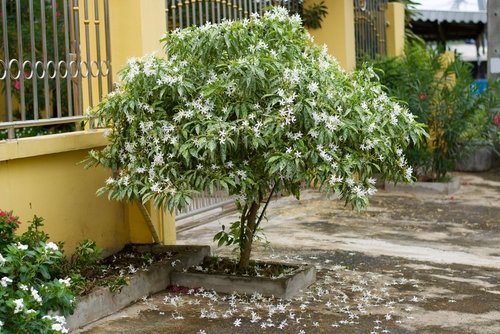
The sight of Cape Jasmine flowers spread across the ground in your garden in the morning is breath-taking.
FAQs
Is cape jasmine toxic?
No, cape jasmine is not toxic to humans. It is rich in medicinal properties and is traditionally used to cure various ailments. However, the flower may have a mildly adverse impact on pets.
What problems can cape jasmine cure?
The plant is known to be effective against swelling, liver disorders, diabetes and other conditions. However, there is no scientific evidence to support these uses.

An alumna of the Indian Institute of Mass Communication, Dhenkanal, Sunita Mishra brings over 16 years of expertise to the fields of legal matters, financial insights, and property market trends. Recognised for her ability to elucidate complex topics, her articles serve as a go-to resource for home buyers navigating intricate subjects. Through her extensive career, she has been associated with esteemed organisations like the Financial Express, Hindustan Times, Network18, All India Radio, and Business Standard.
In addition to her professional accomplishments, Sunita holds an MA degree in Sanskrit, with a specialisation in Indian Philosophy, from Delhi University. Outside of her work schedule, she likes to unwind by practising Yoga, and pursues her passion for travel.
[email protected]


